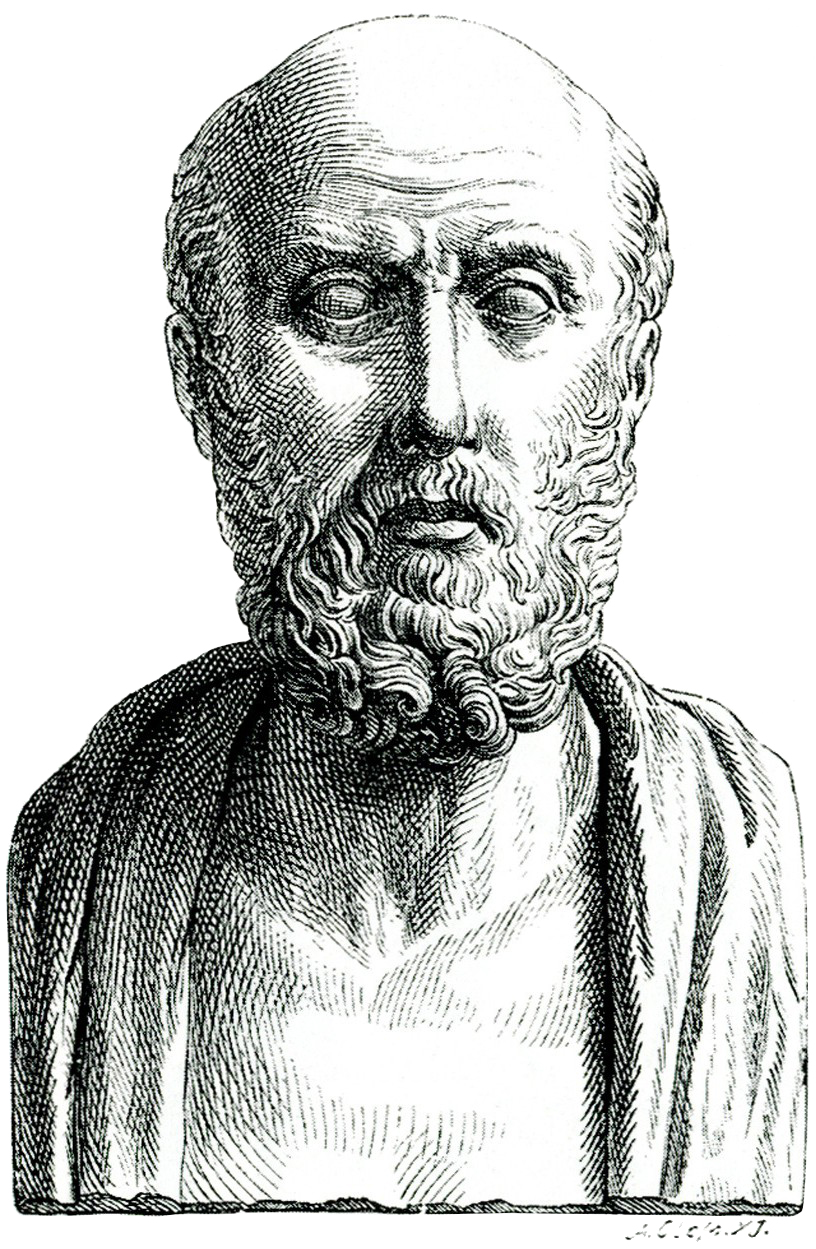History of Fever therapy and Hyperthermia

"Those diseases which medicines do not cure, iron cures; those which iron cannot cure, fire cures; and those which fire cannot cure, are to be reckoned wholly incurable."
(Hippokrates)
This statement of Hippokrates, almost two and a half thousand years ago, is often the chosen starting point for discussions on this subject. Even if surely exaggerated, this emphatic utterance was probably inspired by observations of wholly unexpected changes in the course of untreatable illnesses by patients who, usually suffering from infections, had passed through high fevers.
Similarly, in the 17th century the English physician Sir Thomas Sydenham emphasized: "Fever itself is Nature's instrument".
Numerous ancient cultures knew the beneficial effects of physical heating of the organism, using hot water bathes, hot sand, or hot steam, as the sweat lodge, used by the indigenous peoples of the Americas for healing purposes involving body and soul.
Before the introduction of antibiotic and antiinflammatory drugs in the midth of the 20th century, in uncurable life-threatening diseases physicians applied the deliberate infection of patients provoquing a strong fever reaction. Wagner-Jaueregg won the Nobel Prize in Medicine in 1927 for the (sometimes) successful treatment of dementia paralytica by malaria inoculation. He also reported improvements of depressive disorders.
An association between febrile response and tumour regression was noted as early as 1866 by W. Busch who observed neoplasm remission in patients afflicted with severe erysipelas. A similar case report on a complete sarcoma remission encouraged W.B. Coley, an American surgeon, to inject a mixture consisting of Streptococcus erysipelatis and Bacillus prodigiosus, the so-called "Coley toxins" achieving remissions in so far untreatable progressing malignant disease. Coley is acknowledged as the father of anti-cancer immunotherapy.
Till the sixties of the 20. century pyrogenous drugs (e.g. "Pyrifer" or "Vaccineurin") have been used in conventional medicine for the treatment of chronic diseases.
In 1957, Ferdinand Hoff, one of the most reputated specialists and author of the general standard textbook of internal medicine, published a book "Fieber, unspezifische Abwehrvorgänge, unspezifische Therapie" (Fever, unspecific defense mechanisms, unspecific therapy).
The therapeutic effects of hot "fever bathes" were comprehensively described among others by Lampert, Schlenz, Devrient, and Walinski, treating especially infectious and inflammatory diseases.
The antibiotic's and corticoid's triumph - of course a blessing for mankind, especially in the treatment of acute diseases - interrupted quite abruptly this long therapeutic tradition almost totally.
Realizing the limits and side-effects of the drug therapies in many chronic diseases, it is worth reviving and renewing the concept of whole-body hyperthermia.
The pioneers of modern whole-body hyperthermia are Manfred von Ardenne, focussing to extreme oncological hyperthermia of about 42°C in combination with hyperoxia and hyperglycemia aiming at a direct damage to cancer cells, and Martin Heckel, focussing to fever-range temperatures in order to boost resp. reset immune functions in case of chronic inflammation and to treat painful diseases of the locomotor system.
 English (UK)
English (UK) Português (PT)
Português (PT) 